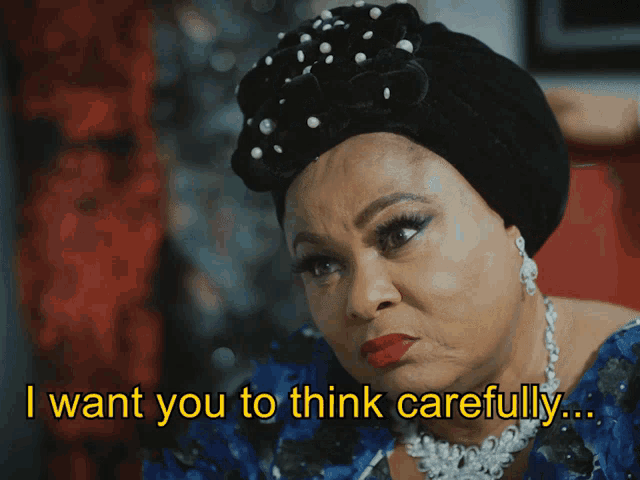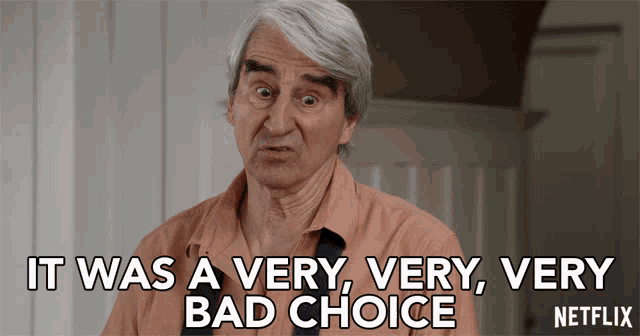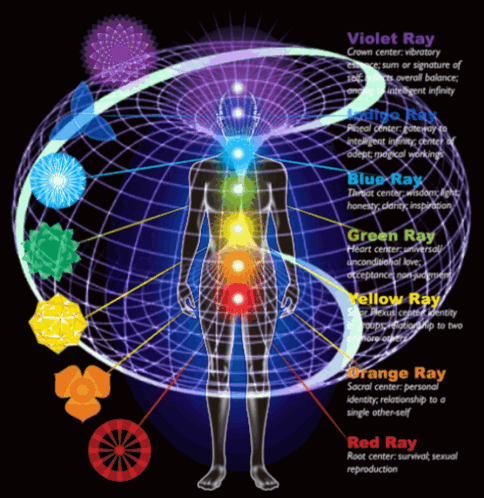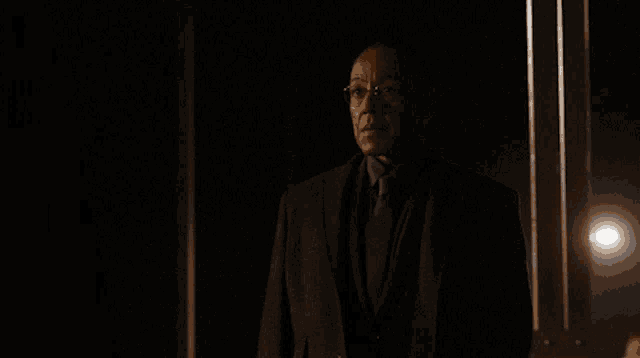✶ Dispatches From the Unseen: Red Buttons, Magic 8-balls, and the Alchemy of choice ⚚
On moral passageways, psychic tolls, and the Great Work.
Some stories don’t stay contained to the screen.
They root themselves in you, waiting for the moment you can finally see them for what they are.
Richard Kelly’s The Box and Bob Gale’s Interstate 60 are two such movies.
To most, they’re unrelated curiosities—a moral thriller and an early 2000s road movie—but together they reveal an alchemical journey from temptation to transcendence.
After all… once you’ve lived inside cinema long enough, you start to recognize the same frequency running beneath the plot: the loops, the archetypes, the strange fingerprints that don’t belong to mere coincidence.
These two movies aren’t any different.
They’re dispatches from the same hidden source, fragments of a long, slow transmission I’ve been unknowingly tuned into since the nights I lingered in Family Video to stay out of the blast radius at home—pulling titles from shelves without realizing I was stockpiling pieces of a message I wouldn’t decode until years later.
What follows is my attempt to trace that message: an exploration of the occult and mythic resonances running through both films, the shared archetypes they conceal, and the ancient patterns they echo.
Beneath their surfaces lies a structure older than cinema itself—one that only reveals itself if you’ve been watching closely for a very long time.
🍎 The Box (2009): forbidden fruit in suburbia
The premise of The Box is deceptively simple.
In December 1976 a financially stressed NASA engineer named Arthur Lewis and his wife Norma find a mysterious wooden box on their doorstep.
A disfigured man named Arlington Steward delivers a key and a chilling offer: press the red button and receive $1 million, but at the cost of a stranger’s life.
The couple debate the morality of the situation while grappling with financial hardship (Arthur fails his astronaut psych exam and the school where Norma teaches ends their son’s tuition discount).
Norma eventually presses the button, setting off a chain of supernatural occurrences.
It soon becomes clear that the box is not simply a device—it is a moral test conducted by mysterious forces.
The test is also repeated: every time someone presses the button, the offer will be presented to another couple.
Kelly adapted the film from Richard Matheson’s short story “Button, Button”.
In the original story, Matheson envisioned the button as a simple ethical dilemma: would you kill a stranger for money?
The film, however, expands this into a cosmological experiment.
Steward reveals that the test is being carried out by higher powers to judge whether humanity is worth preserving.
This twist moves the film away from a mere thriller into an eschatological allegory: pressing the button becomes akin to taking the forbidden fruit, and the consequences ripple through the cosmos.
🐍 Eve, Pandora and the Serpent
The choice to press the button resonates strongly with the story of Eve and the Tree of Knowledge.
Movieguide notes that it is always the woman who presses the button, an “obvious reference to the story of Adam and Eve”.
In Genesis, Eve takes the fruit and brings death into the world.
In Kelly’s film, Norma’s impulsive act unleashes suffering—not only a stranger’s death but eventually her own tragic demise when Arthur must shoot her to save their blind son.
Another myth hovering in the background is of course Pandora’s box.
In Hesiod’s tale, Pandora’s curiosity leads her to open a jar, releasing every form of trouble into the world; only Hope remains inside.
The myth mirrors Eve’s transgression and emphasizes that a single act can unleash irreversible chaos.
A modern take on Pandora’s box describes it as a metaphor for endless complications arising from a simple miscalculation.
Kelly merely literalizes this metaphor by turning the “box” into a moral device with global repercussions.
The serpent who tempts Eve corresponds to kundalinī, the yogic life force depicted as a coiled serpent at the base of the spine.
When awakened, this energy rises through the chakras to bring enlightenment.
In esoteric tradition, the serpent’s awakening symbolizes individuation: the moment we recognize ourselves as separate from the All.
The Box’s temptation thus forces Arthur and Norma to confront their ego (their sense of separateness) and triggers a painful initiation into a world of synchronicities.
They are shown that every choice they make echoes throughout the collective psyche.
💘 Trials of the heart: Odysseus’ Bow and the Bullet
Late in the film, Steward imposes a terrible choice on Arthur: kill Norma or let their son remain blind and deaf.
The scene recalls the trial of the bow in Homer’s Odyssey.
When Odysseus returns in disguise, Penelope announces a contest: she will marry the man who can string Odysseus’ bow and shoot an arrow through twelve axe‑heads.
Each suitor tries and fails until Odysseus strings the bow with ease and regains his place.
Kelly mirrors this mythic trial: Arthur’s bullet must pierce his wife’s heart to restore his son’s sight, a dark inversion of the heroic feat.
Instead of winning a bride, Arthur loses his beloved but secures his child’s future.
The bullet, like the arrow, becomes a rite of passage—violence that leads to a strange salvation.
🚘Interstate 60 (2002): the Road that Doesn’t Exist
If The Box is about succumbing to temptation, Interstate 60 explores the inward journey that follows.
The film follows Neal Oliver, a young man torn between becoming a lawyer (his father’s wish) and pursuing art.
After a head injury, he is given a mysterious assignment: deliver a package along Interstate 60, a highway that does not exist on any map.
During his journey he encounters O.W. Grant, an immortal trickster who can grant wishes but mostly enjoys messing with people.
Grant gives Neal a magic 8‑ball that always answers correctly and directs him toward his true desire.
On the road, Neal meets people who have lost their way through money, sex, drugs and other indulgences.
Each encounter is an allegory about perception and will.
One of Grant’s sayings—“Some people just don’t know what to wish for”—captures the theme: the heart’s desire is often obscured by societal expectations.
As the journey progresses, Neal becomes more certain about what he wants to do with his life.
Bob Gale wrote and directed the film, and critics note that it shares the “charm and life‑affirming themes” of his Back to the Future screenplay.
🤡 Tricksters, Guides, and Alchemical Pathways
Grant is an archetypal trickster.
He smokes a broken pipe and hints that to recover one’s heart (symbolized by the pipe/phallus) one must return what has been lost—a mythic motif reminiscent of the Osiris myth.
The package Neal delivers at the end turns out to be a replacement pipe for Grant, meaning the quest itself was arranged so that the seeker could return the creative spark to the divine source.
This circular logic—Grant giving Neal the task of returning his own pipe—shows that the Great Work is an ouroboros: the beginning is the end.
But Grant isn’t the only guide.
Ray (Christopher Lloyd) appears as a godlike figure who introduces the concept of “black hearts” and the alchemical Black Sun.
He sets Neal on his path and thus plays the role of deus ex machina.
The film’s world teems with synchronicities—magical road signs from the “Greene” company, characters with color‑coded names (Neil Oliver, Lynn Linden), and repeated number symbols—mirroring the way Kelly fills The Box with recurring patterns.
Both films, though made by different creators, form a dialogue.
In The Box the test begins in suburbia, where a couple is confronted with an external temptation.
In Interstate 60 the test becomes an inner journey.
The mysterious highway is an “inner state”, a pun on Interstate that hints at travelling through the psyche.
Where Norma’s finger on the button unleashes karma in the Box, Neal’s finger on the magic 8‑ball guides his intuition.
The Box shows what happens when we act from fear.
Interstate 60 shows what happens when we follow the call of the heart.
Together they present a synchromystic map of the soul.
🏁The Alchemy of Choice, Synchronicity, and the Great Work
As we’ve already briefly touched upon, the pressing of the button in the Box is the equivalent to awakening the kundalini.
It forces the initiates to confront their own shadow and the collective consequences of their desire.
With that in mind, the subsequent journey down Interstate 60 is the raising of that energy through the chakras, meeting archetypes, and dissolving the ego.
In hermetic terms, the path moves from solve (dissolution of the old self) to coagula (reintegration of the new self).
Arthur and Norma must dissolve their egoic attachment to money.
Neal, on the other hand, must coagulate his creative desire.
Both narratives are also saturated with “coincidences”.
In The Box, the couple notices “agents” everywhere: every stranger seems to know what they did.
In Interstate 60, Neal encounters towns built around obsession—law, lust, addiction—that mirror his own temptations.
These events illustrate Carl Jung’s notion of synchronicity, where internal psychological states are mirrored by external events.
The Box’s cosmic test and Interstate 60’s imaginary highway both function as alchemical laboratories that reveal the seeker’s inner condition.
🧵Conclusion: Pressing the Button, Taking the Road
Richard Kelly’s film asks us whether we would press a button if no one we knew would suffer.
Bob Gale’s film asks what we would do if given the chance to ask any question.
One story deals with guilt and sacrifice; the other with desire and self‑discovery.
Yet both lead to the same realization: the universe is responsive to consciousness.
The box appears because the couple’s financial fears have made them susceptible to temptation.
The highway appears because Neal asks for an answer.
The serpent awakens either way, and its journey up the spine can be heaven or hell depending on our choices.
Myth tells us that Eve’s apple, Pandora’s jar, Odysseus’ bow and the kundalinī serpent are all expressions of a single archetype: the moment of choice that transforms us.
Kelly and Gale disguise this archetype in suburban living rooms and on mythic highways, but the pattern is the same.
Inner state 60 is not a place on any map: it is the road within each of us.
When confronted with our own red buttons, we must choose whether to remain in ignorance or to begin the alchemical journey of becoming whole.













